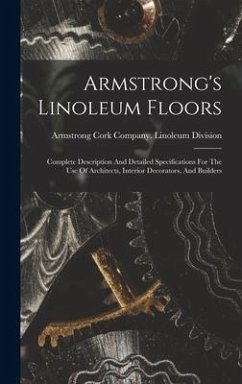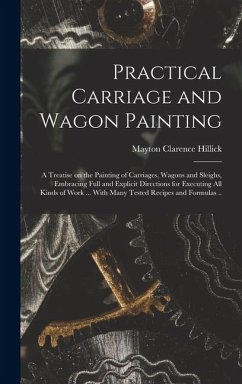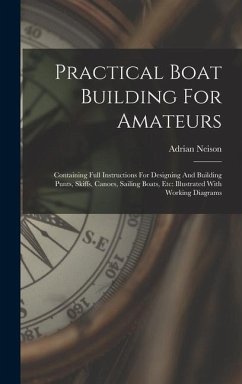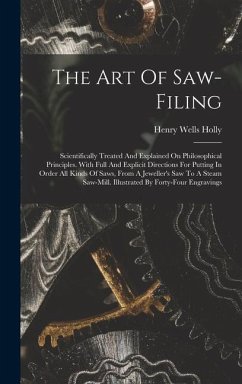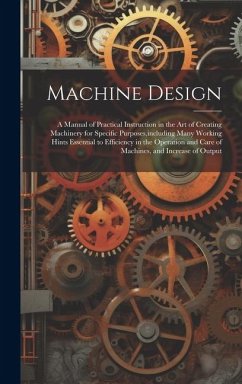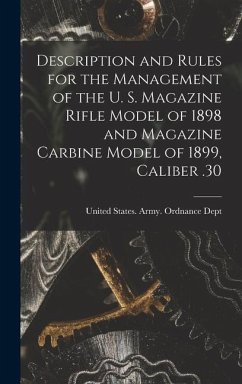
Electrotyping; a Practical Treatise on the art of Electrotyping by the Latest Known Methods, Containing Historical Review of the Subject, Full Description of the Tools and Machinery Required, and Complete Instructions for Operating an Electrotyping Plant
Versandkostenfrei!
Versandfertig in über 4 Wochen
30,99 €
inkl. MwSt.
Weitere Ausgaben:

PAYBACK Punkte
15 °P sammeln!
"Electrotyping; a Practical Treatise on the art of Electrotyping by the Latest Known Methods" offers a detailed exploration into the historical and practical aspects of electrotyping. Written in 1908 by Charles S. Partridge, this comprehensive guide provides a historical review of electrotyping, a full description of the tools and machinery required, and complete instructions for operating an electrotyping plant. This book serves as a valuable resource for those interested in the history of printing and manufacturing, as well as for anyone seeking to understand the intricacies of electroplatin...
"Electrotyping; a Practical Treatise on the art of Electrotyping by the Latest Known Methods" offers a detailed exploration into the historical and practical aspects of electrotyping. Written in 1908 by Charles S. Partridge, this comprehensive guide provides a historical review of electrotyping, a full description of the tools and machinery required, and complete instructions for operating an electrotyping plant. This book serves as a valuable resource for those interested in the history of printing and manufacturing, as well as for anyone seeking to understand the intricacies of electroplating. With its detailed instructions and historical context, this treatise is a useful reference for modern readers interested in the roots of today's technology. This work has been selected by scholars as being culturally important, and is part of the knowledge base of civilization as we know it. This work was reproduced from the original artifact, and remains as true to the original work as possible. Therefore, you will see the original copyright references, library stamps (as most of these works have been housed in our most important libraries around the world), and other notations in the work. This work is in the public domain in the United States of America, and possibly other nations. Within the United States, you may freely copy and distribute this work, as no entity (individual or corporate) has a copyright on the body of the work. As a reproduction of a historical artifact, this work may contain missing or blurred pages, poor pictures, errant marks, etc. Scholars believe, and we concur, that this work is important enough to be preserved, reproduced, and made generally available to the public. We appreciate your support of the preservation process, and thank you for being an important part of keeping this knowledge alive and relevant.



